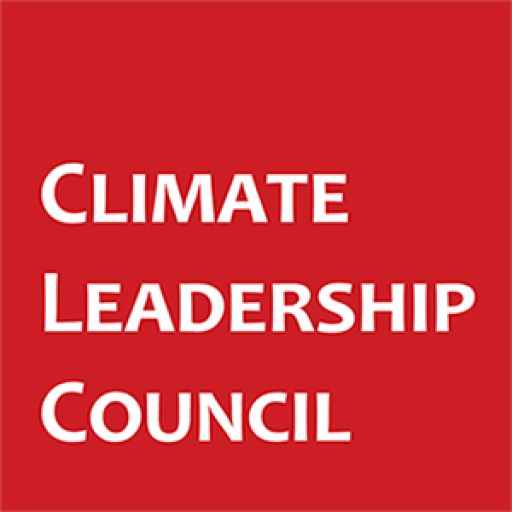Policymakers are beginning to see tariffs as a strategic tool to gain geopolitical leverage, mitigate national security concerns, diversify supply chains, and insulate domestic manufacturers from non-market competition. Both Presidents Biden and Trump implemented policies that position tariffs as geopolitical tools, not only economic or competitive instruments. More recently, we’ve seen the Biden administration integrate another strategic concern: climate change.
The U.S. response to China is the clearest example of this new approach. The Chinese economy holds dominant positions in the production of strategic materials used in defense, industrial, and clean energy supply chains. These materials include refined critical minerals, green technologies, and other key metals like steel and aluminum. The scale of China’s dominance leaves the U.S. vulnerable to the weaponization of these supply chains. This weaponization is two-fold; China could disrupt supply chains by limiting access to imports or by manipulating global supply and market prices. This vulnerable position risks undermining domestic decarbonization efforts and national security interests.
To counter these threats, the Trump and Biden administrations and policymakers on Capitol Hill have developed policies to secure supply chains by increasing production at home and working with like-minded nations. These policies started by addressing the national security concerns associated with supply chain vulnerabilities but are increasingly integrating a climate focus.
Shifting production to the U.S. or other areas that prioritize climate action will lower global emissions. The U.S. has a carbon advantage over most producers; the U.S. can produce strategic materials with a lower carbon footprint. This is especially true compared to China, an economy that is 3x times more carbon-intensive than the U.S.
The transformation of the U.S. approach to trade policy is reflected in a series of recent policies enacted by the Biden administration and proposed in Congress. Let’s unpack them.
In May 2024, the Biden administration announced plans to maintain the Trump 301 tariffs—import duties aimed to remedy “unfair or discriminatory” foreign trade practices—on certain Chinese imports. The Biden administration recently proposed extending coverage to include strategic sectors that are most vulnerable to Chinese dominance and that have seen significant domestic investment. The extension covers certain clean energy and advanced technologies and their inputs with tariff increases ranging from 25% to 100% (Figure 1). The renewed approach is designed to counter non-market practices, disentangle U.S. manufacturing from a dependency on Chinese providers, and support domestic clean energy industries.
Figure 1: Changes in tariff rates under the Biden administration’s proposed action

The Section 232 tariffs on steel and aluminum introduced by the Trump administration in 2018 have largely remained in place. These tariffs were initially justified on the grounds of economic security due to overcapacity, dumping, and other factors. More recently, the Biden administration launched negotiations with the EU to replace the 232 tariffs with an agreement called the Global Arrangement on Sustainable Steel and Aluminum (GASSA). GASSA aims to develop a new framework that simultaneously addresses global overcapacity and dumping in the steel and aluminum sectors while integrating a coordinated approach to lower the carbon-intensity of the global metals trade. Though the negotiations haven’t concluded, the EU and the U.S. have agreed to work together to improve emissions performance and develop new approaches to counter global non-market excess capacity, which has diminished production from cleaner, market-based firms.
Congressional policymakers are also introducing new concepts to the discussion with proposals like the Foreign Pollution Fee Act of 2023 and the PROVE IT Act.
The Foreign Pollution Fee Act was introduced by Senators Cassidy (R-LA) and Graham (R-SC). This legislation would establish an import fee on the pollution intensity of a broad cross section of fuels, industrial goods, renewables technologies, and critical minerals. The bill introduces a new system of accountability for more carbon-intensive trade partners and proposes international cooperation with partners to secure supply chains, lower global emissions, and isolate adverse actors on the global market.
The PROVE IT Act mandates an emission intensity study on a broad range of goods for the U.S. and other trading partners. This study is multi-purpose, reinserting America’s carbon advantage while arming the U.S. with data to hold higher-emitting countries like China and Russia accountable.
The bipartisan momentum behind tariff approaches to gain geopolitical leverage and lower global emissions is new and promising. We’ll continue monitoring this transformation to better understand how trade policies can achieve climate goals while also mitigating national security concerns, diversifying supply chains, and insulating domestic manufacturers from non-market competition.
